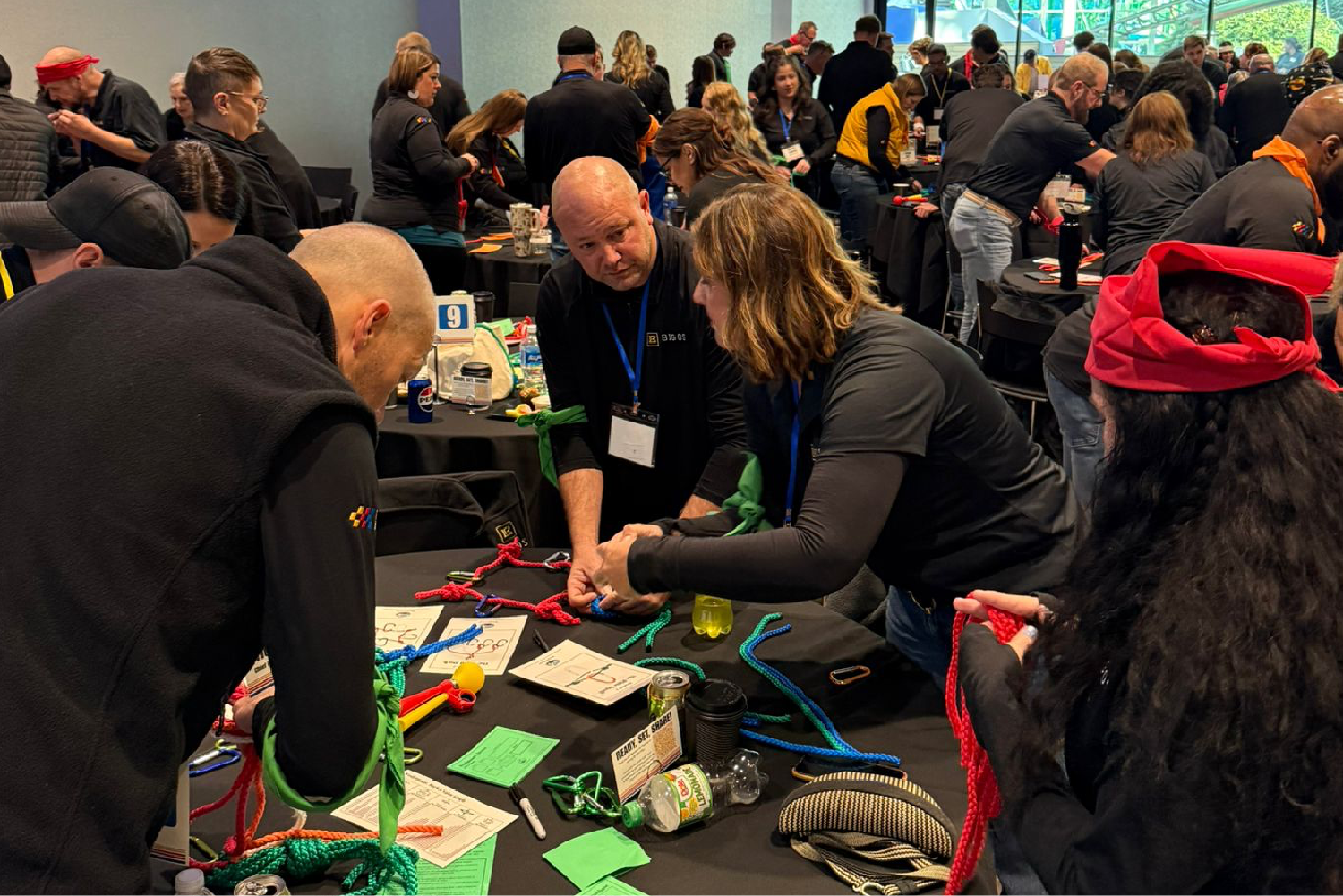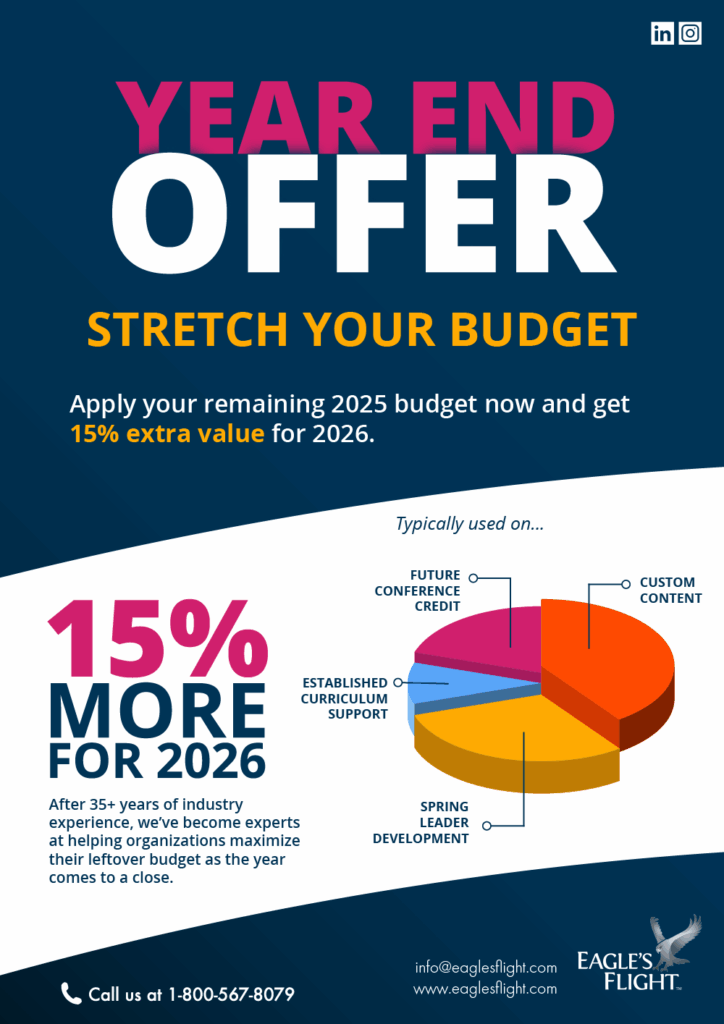Leadership Development Programs for Executives
Executive leaders face unique challenges, balancing the complexity of organizational strategy with the need to inspire and guide teams. As these leaders shape the trajectory of their organizations, investing in their growth becomes critical. Leadership development programs for executives are designed to address this need, equipping senior leaders with tools to navigate change, foster innovation, and drive results.
But not all programs are created equal. The best leadership programs for executives go beyond skill-building—they challenge participants to think differently, expand their perspectives, and build relationships that fuel long-term success. In this article, we explore what makes senior leadership programs impactful and how they prepare executives for the demands of modern leadership.
1. Tailored Focus for Executive Needs
Unlike generalized training, effective senior leadership courses address the distinct challenges faced by executives. These programs often focus on strategic thinking, cross-functional collaboration, and the intricacies of organizational governance.
For example, executive leadership seminars often include case studies that tackle real-world challenges, allowing participants to apply new concepts to their specific industries. Tailored learning ensures executives walk away with actionable insights rather than one-size-fits-all advice.
2. Experiential Learning at Its Core
The most top executive leadership programs emphasize experiential learning. Rather than passively absorbing information, participants engage in simulations, role-playing exercises, and scenario planning. These activities replicate high-pressure environments, enabling leaders to refine their decision-making skills in real time.
Such experiences are especially valuable in executive leadership training seminars, where participants benefit from hands-on practice rather than abstract theories. These methodologies foster critical thinking, adaptability, and collaboration under challenging conditions.
3. Global Perspectives in Leadership
In a world where markets, supply chains, and teams are globally connected, executives must adopt a broad worldview. Leading senior leadership programs often incorporate international perspectives, inviting participants to consider cultural nuances, geopolitical trends, and global economic shifts.
Programs like these build competencies that are essential for navigating global challenges, making them some of the best leadership programs for executives. By exposing leaders to diverse perspectives, these courses broaden their understanding of leadership in an interconnected world.
4. Peer Networking and Collaboration
One hallmark of top leadership programs for executives is the emphasis on building networks. Executive programs bring together leaders from diverse industries, creating opportunities for collaboration and knowledge-sharing.
Cohorts in executive leadership seminars often form lasting connections, offering participants access to a peer group that can provide fresh insights and long-term support. This network becomes a valuable resource as leaders tackle complex challenges back in their organizations.
5. Coaching and Individualized Development
The best programs don’t just teach—they guide. Incorporating one-on-one coaching into executive leadership training seminars ensures that participants receive personalized feedback tailored to their goals.
Coaches help leaders identify blind spots, refine their communication styles, and develop strategies to address their most pressing challenges. This individualized approach amplifies the impact of the program, making it a cornerstone of leadership development programs for executives.
6. Fostering Emotional Intelligence and Soft Skills
Leadership at the executive level requires more than technical expertise—it demands emotional intelligence (EQ). The ability to inspire, empathize, and navigate interpersonal dynamics is essential for senior leaders.
Programs focusing on EQ development stand out among senior leadership courses, equipping leaders with skills to manage conflict, foster collaboration, and build trust across teams. These elements are indispensable for creating inclusive and resilient organizations.
7. Leadership in Times of Change
Executives often find themselves at the helm during periods of transformation, whether due to technological disruption, market shifts, or internal restructuring. Executive leadership training seminars frequently address these challenges head-on, teaching strategies for leading through uncertainty.
These courses often explore topics like change management, resilience building, and strategic agility, ensuring participants leave equipped to guide their organizations through complex transitions.
8. Measuring Impact and Accountability
The most effective senior leadership programs don’t stop at the end of the seminar—they prioritize sustained growth. Participants are often required to define actionable goals and metrics for implementing what they’ve learned.
This focus on accountability ensures the lessons extend beyond the classroom. By tracking progress and reporting back on outcomes, executives solidify their learning while demonstrating measurable impact within their organizations.
9. A Blend of Theory and Practice
While theory provides the foundation, practice cements learning. Top executive leadership programs strike a balance between the two, combining academic frameworks with practical application.
Participants may engage with faculty from leading business schools while simultaneously working on real-world projects, blending intellectual rigor with workplace relevance. This dual approach ensures they’re prepared to apply new concepts immediately.
10. Leveraging Technology for Executive Learning
Modern programs embrace technology to enhance the learning experience. Virtual simulations, AI-driven assessments, and interactive platforms are now integral to executive leadership seminars.
These tools enable flexible, personalized learning and provide executives with insights into their strengths and areas for growth. Technology enhances both the scale and the depth of executive training, making it an invaluable component of leadership development programs for executives.
11. Shaping the Leaders of Tomorrow
Ultimately, the goal of any top leadership program for executives is to prepare participants for the future of leadership. These programs don’t just equip leaders for today’s challenges; they anticipate the skills and mindsets required for tomorrow’s opportunities.
From fostering innovation to building resilient teams, senior leadership programs shape leaders capable of driving sustainable growth in an ever-changing world.
Conclusion
Leadership at the executive level is complex, demanding a unique blend of vision, adaptability, and interpersonal skill. The best leadership development programs for executives recognize these needs and offer tailored, immersive experiences that empower leaders to excel.
Whether you’re considering executive leadership training seminars or exploring top executive leadership programs, the key lies in choosing courses that blend global perspectives, experiential learning, and personalized development. Invest in these programs today to shape a future where your leaders not only navigate challenges but set new benchmarks for success.





